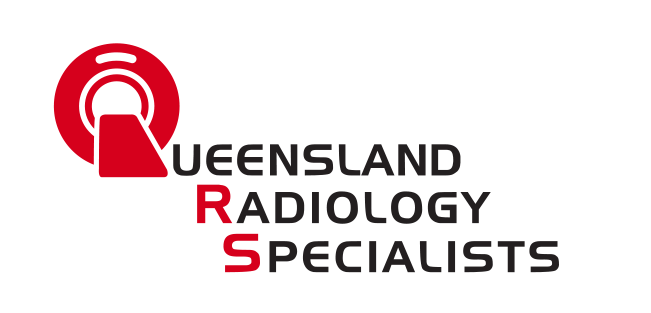Kw Breast cancer screening, mammograms, early breast cancer detection
Breast cancer is one of the most prevalent cancers affecting women worldwide. However, thanks to advancements in medical technology and awareness campaigns, the survival rate for breast cancer continues to improve.
One important tool in this progress is breast cancer screening, especially through mammograms. Mammograms are the best way to detect breast cancer early. In this article, we will explore what mammograms are, their significance in screening, and how they contribute to saving lives.
What Are Mammograms?
A mammogram is a specialised X-ray imaging technique used to examine breast tissue. It plays a critical role in detecting abnormalities, including tumors, calcifications, and other changes that may indicate the presence of breast cancer. Mammograms are highly sensitive that makes them an essential tool in identifying cancers that are too small to be felt during a physical examination.
There are two main types of mammograms:
- Screening Mammograms: These are performed on women who have no symptoms of breast cancer. Their goal is to detect any abnormalities early, often before symptoms appear.
- Diagnostic Mammograms: If a screening mammogram reveals an abnormality or if a woman has symptoms such as a lump or breast pain, a diagnostic mammogram is conducted for a more detailed examination.
Importance of Breast Cancer Screening
Regular breast cancer screening is important because it helps find breast cancer early before it gets worse. Detecting cancer early can improve treatment success and survival rates. Research shows that women who get regular screenings are 25–30% less likely to die from breast cancer than those who do not screen.
Mammograms are a key part of this process. They detect cancer at an early stage and monitor changes over time in women who have a higher risk due to genetic factors or other reasons.
How Mammograms Work
A mammogram is an X-ray of the breast that helps detect any issues. During the procedure, the breast is squeezed between two plates. This compression may feel uncomfortable, but it is quick and creates a clearer image.
Digital mammography is a modern method that saves images electronically. This makes it easier for radiologists to review and compare results with past images.
Some places also offer 3D mammograms, known as tomosynthesis. This technique takes multiple images of the breast from different angles for a more detailed view.
Who Should Get Mammograms?
Guidelines for mammograms vary depending on individual risk factors. The general recommendations include:
- Average-risk women: Most organisations suggest women begin annual or biennial mammograms between the ages of 40 and 50. Screening continues until around age 75 or as long as a woman is in good health.
- High-risk women: Women with a family history of breast cancer, genetic mutations like BRCA1 or BRCA2, or a personal history of breast cancer may need to begin screening earlier and more frequently.
Role of Early Breast Cancer Detection
One of the most important benefits of mammograms is their ability to enable early breast cancer detection. Early-stage breast cancer often has no symptoms, and mammograms can identify tumours at a stage when they are small and localised.
Detecting breast cancer early means that treatment can begin sooner, potentially requiring less aggressive therapies and leading to better outcomes. For example, cancers detected early often allow for breast-conserving surgeries rather than mastectomies and may not require extensive chemotherapy.
Addressing Common Concerns
Despite the proven benefits of mammograms, some women may hesitate to undergo screening due to misconceptions or fears. Let’s address a few common concerns:
- Radiation Exposure: While mammograms do involve low-dose radiation, the level is minimal and considered safe. The benefits of early detection far outweigh the risks associated with radiation exposure.
- Discomfort: The compression during a mammogram may cause brief discomfort, but it is typically well-tolerated. Communicating with the technician can make the experience more comfortable.
- False Positives: Sometimes, mammograms can indicate abnormalities that are not cancerous, leading to additional tests. While this can cause anxiety, these follow-ups are crucial to rule out serious conditions.
Advances in Mammography Technology
Mammography technology has improved a lot in recent years. These improvements have made mammograms more accurate and enhanced the patient experience. Digital mammograms and 3D mammograms help doctors find cancer more easily, especially in dense breast tissue.
Artificial intelligence (AI) is now being used in mammography. AI helps radiologists spot small abnormalities, which improves the early detection of cancer.
Research is also focusing on personalising breast cancer screening. New screening strategies look at genetic, lifestyle, and environmental risks. These advancements promise that mammograms will become even more effective and better suited to individual patients’ needs.
The Epilogue
Mammograms are a vital tool in the fight against breast cancer, playing an indispensable role in breast cancer screening and enabling breast cancer detection. While the procedure may seem intimidating, its benefits far outweigh the temporary discomfort or anxiety it may cause.
Regular mammograms help women take control of their health and reduce the risk of advanced breast cancer. A healthy lifestyle and being aware of your body also play important roles. If you need a mammogram or have questions about your screening schedule, talk to your healthcare provider today.
Your health and peace of mind are important. Queensland Radiology Specialists offers mammogram services in a comfortable and professional setting. So, contact us today to book your appointment and take an important step for your breast health.



